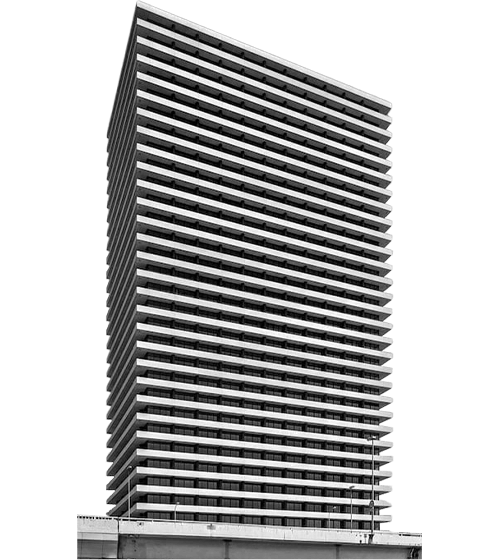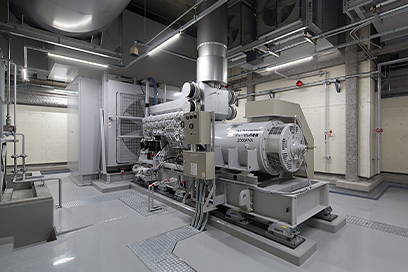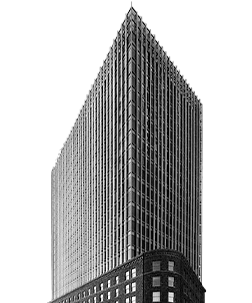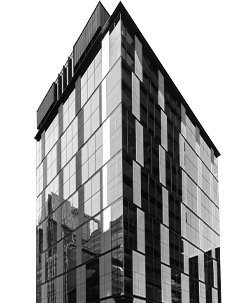 10
2015
10
2015
Osaka
The Shin-Daibiru Building
Preserving the Philosophy of the Former Shin-Daibiru Building
with a New Environmentally Harmonious Building
Thorough BCP Measures
In March 2011, while plans to rebuild the Shin-Daibiru Building that would make the best use of its favorable location were underway, a shocking event occurred: the Great East Japan Earthquake. The scenes of towns and villages being swept away by the tsunami were deeply etched into people’s memories. The earthquake also had a major effect on the economy. Supply chains were disrupted, and even companies outside the affected areas struggled to continue operations. This disaster highlighted the importance of having a BCP (business continuity plan), and Daibiru was no exception. Of course, having gone through the Great Hanshin-Awaji Earthquake, Daibiru always had a BCP in place, but the Great East Japan Earthquake prompted the company to focus on strengthening its BCP even further. Because the rebuild plans for the new Shin-Daibiru Building were underway at the time, the company implemented more thorough BCP measures.
In addition to the adoption of a vibration control structure with hydraulic dampers to reduce swaying during earthquakes, an emergency power generator was installed in the building, and natural ventilation systems were installed in the offices. This emergency power generator is one of the most advanced in the Kansai region, capable of operating for 72 hours to supply a constant level of power to rental offices, disaster management equipment, lighting, lavatories, and other major equipment in the event of a blackout. The natural ventilation system allows fresh air to be brought into the building even if the air conditioning loses power.
In preparation for the anticipated Nankai Trough Earthquake, which is predicted to occur with a high degree of probability, ground-floor tide barriers were installed along with electrical substation equipment, heating equipment, and an emergency power generator on the third aboveground floor. An emergency drainage tank was also installed to allow the use of lavatories even in the event of a disruption in water and sewage services.
Not only is the new Shin-Daibiru Building resistant to disasters, but it is also a trailblazer in its commitment to providing as much support as possible for disaster recovery.
-
1927 1931 Hibiya Daibiru Buildings
No. 1 and No. 2 -
2007 International Operations
-
- An Unexpected Discovery of a Good Property
- Mutual Trust and a Long-Term Perspective as Points of Agreement
- The Acquisition of a Property in Hanoi Through Unity of Philosophy
- Implementing Daibiru Quality Through Building Renovations
- Challenges in Australia, Our Second Overseas Expansion Target
- The Discovery of 275 George Street
- Difficult Contract Negotiations with JHG
- Overcoming Several Unexpected Difficulties
-




